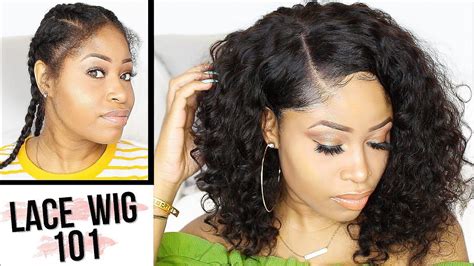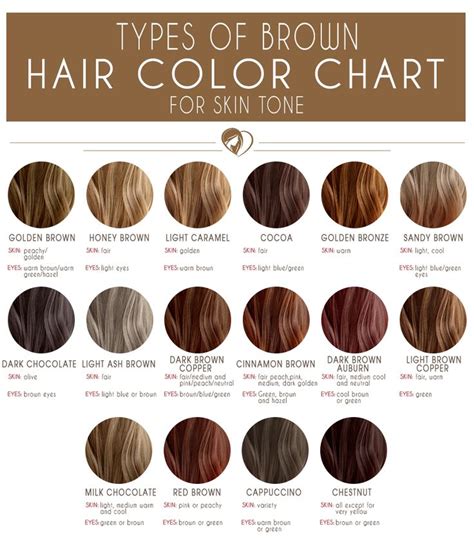#2 Hair Color: The Ultimate Guide to Brunette Shades
Understanding #2 Hair Color
According to the Fitzpatrick Skin Type Classification System, #2 hair color falls under the category of light brown. It has a relatively low melanin content, resulting in a lighter shade of brown compared to darker types such as #3 and #4. #2 hair color can have warm or cool undertones, which influence the overall appearance of the hair.

Types of #2 Hair Color
- Light Brown (#2.0): A soft, natural shade that resembles the color of freshly brewed coffee. It is suitable for those with fair to medium skin tones.
- Medium Brown (#2.6): A slightly darker shade with a hint of warmth. It complements warm skin tones and enhances the eyes.
- Dark Brown (#2.8): A rich, almost-black shade that provides depth and definition. It suits those with darker skin tones and can create a dramatic effect.
Choosing the Perfect #2 Hair Color
Selecting the ideal #2 hair color depends on several factors, including skin tone, eye color, and desired effect.
- Skin Tone: Light brown shades (#2.0) flatter fair to medium skin tones, while medium and dark brown shades (#2.6 and #2.8) suit darker skin tones.
- Eye Color: Brown hair typically pairs well with hazel, green, blue, or amber eyes. Lighter brown shades enhance lighter eye colors, while darker shades complement darker eyes.
- Desired Effect: Light brown shades create a natural, youthful look, while medium brown shades provide warmth and depth. Dark brown shades add drama and intensity to the hair.
Styling Inspiration for #2 Hair Color
- Wavy Layers: Add volume and movement to #2 hair with layered haircuts that create soft, cascading waves.
- Straight and Sleek: For a polished look, opt for straight, sleek hairstyles that accentuate the shine and depth of the hair color.
- Balayage: Create a sun-kissed effect with balayage, a highlighting technique that adds subtle streaks of lighter brown shades.
- Ombre: Transition from a darker brown root to a lighter brown shade at the tips to create a gradual, ombre effect.
DIY vs. Professional Coloring
While it is possible to achieve #2 hair color at home using box dyes, it is recommended to consult a professional hairstylist for a more precise and long-lasting result. Professional colorists can assess your hair’s condition and recommend the appropriate shade and application method to avoid potential damage.
Common Mistakes to Avoid
- Over-Toning: Excessive use of toning products can lead to brassy or orange undertones.
- Frequent Heat Styling: Heat styling tools can damage #2 hair, resulting in dryness and breakage. Use heat protectant sprays and limit heat exposure.
- Incorrect Shade Selection: Choosing a shade that is too light or too dark can result in an unnatural or unflattering appearance.
- Not Using Color-Safe Products: Using harsh shampoos and conditioners can strip #2 hair of its color and damage its integrity.
- Neglecting Hair Care: #2 hair, like any other hair type, requires regular washing, conditioning, and deep conditioning treatments to maintain its health and shine.
FAQs
-
How often should I touch up #2 hair color?
– Every 4-6 weeks, depending on the shade and growth rate. -
Can I use purple shampoo on #2 hair color?
– Yes, but sparingly. Purple shampoo can help cancel out brassy tones. -
What are the best haircare products for #2 hair color?
– Color-safe shampoos, conditioners, and deep conditioning treatments that enhance shine and protect against fading. -
How can I prevent #2 hair color from fading?
– Use sulfate-free shampoos, avoid over-washing, and protect hair from sun exposure. -
Is #2 hair color suitable for all ages?
– Yes, #2 hair color can flatter individuals of all ages and skin tones. -
Can I achieve #2 hair color at home?
– Yes, but professional coloring is recommended for optimal results.
